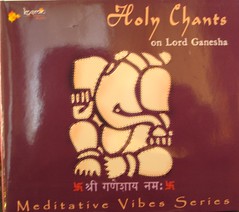Jesus was notorious for the company he kept. He ate with sinners, tax collectors, and prostitutes. In fact, this is one of the major criticisms Jesus’ opponents weighed against him. Just look up “sinners” and “tax collectors” in the Gospels, and you’ll be amazed how often this theme appears.
A careful look at the Gospel stories reveals something even more remarkable: in not one story does Jesus criticize these people — or even call them to repent. Instead, Jesus invited himself to share meals with them. He enjoyed their company, and he brought them blessing with his presence. It’s that simple. [Sinners: Jesus and His Earliest Followers]
While prostitutes were looked down upon by the followers of Jesus, they were willing to tolerate them because they thought prostitution helped in curbing something they hated more – homosexuality. St. Augustine considered that the existence of prostitutes was essential in society to control lust.
In medieval Southern Europe women married early while men married late. The woman was expected to be a virgin and have relations only with the husband. Unmarried men had two options – homosexuality or prostitutes and the Church thought prostitutes were preferable. In fact the clergy were the main clients in English cathedral cities and towns with large religious houses and at Dijon one fifth of the clients were members of the clergy [Ward].
The Church had very retarded opinions at that time and you would think that in the year 2007 they would have caught up with the heliocentric world. Members of the Westboro Baptist Church in Kansas belive that the death of American soldiers in Iraq are God’s punishment for tolerating homosexuality. So in an amazing display of compassion they picket military funerals holdings placards bearing slogans like ”Thank God for dead soldiers” and ”God hates fags.”
A jury has now asked this Church to pay about $ 11 million in damages to the parent of a marine killed in Iraq. This is called Judgement Day.

